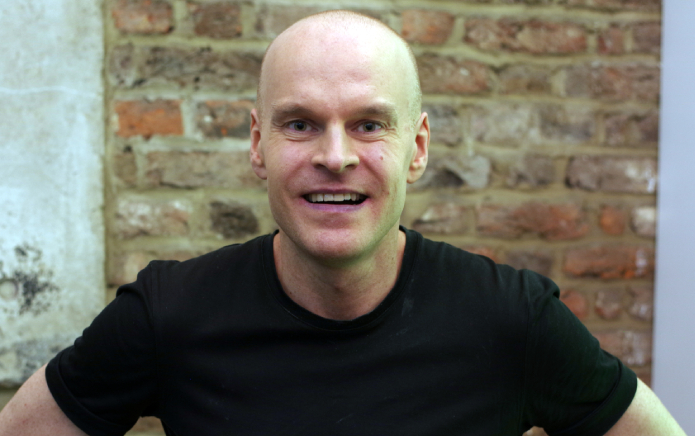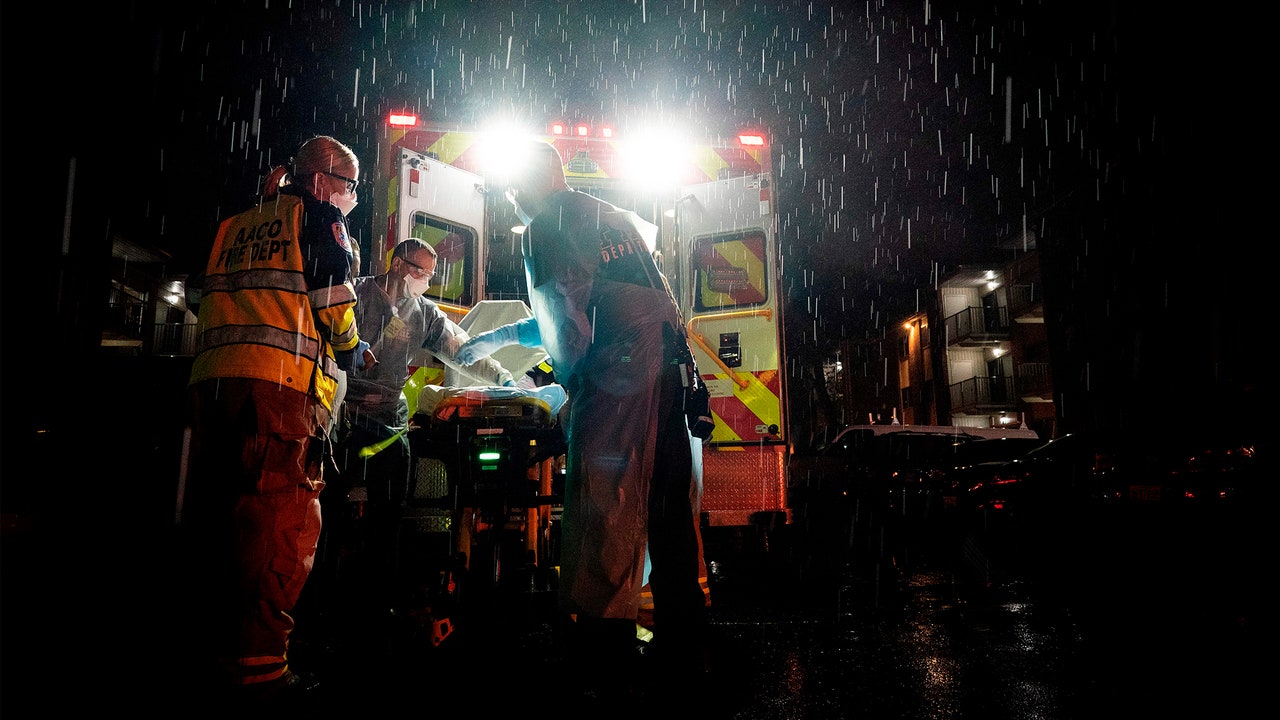
“For 75 years, CDC and public health have been preparing for COVID-19, and in our big moment, our performance did not reliably meet expectations,” Walensky said in a statement. “My goal is a new, public health action-oriented culture at CDC that emphasizes accountability, collaboration, communication, and timeliness.”
Walensky appointed Mary Wakefield, a former deputy health secretary in the Obama administration, to lead the effort, which she cautioned “will take time and engagement at all levels of the organization.” The director shared broad recommendations Wednesday morning, first to senior staff and then across the Atlanta-based agency, which employs about 13,000 people, according to a senior CDC official who provided details but was not authorized to speak on the record.
Since the coronavirus pandemic began 2½ years ago, the once-storied agency has been under intense fire for its response, from initial delays developing a coronavirus test, to the severe eligibility limits to get tested, to missteps often attributed to Trump administration meddling. Even under the Biden administration, which appointed Walensky to lead the agency, its guidance and decision-making on masking, isolation and quarantine, and booster doses have been repeatedly faulted as slow, opaque and confusing. A consistent criticism has been the agency’s failure to be agile, especially with the analysis and release of real-time data.
White House officials have also grown frustrated with CDC and other health agencies over their response to monkeypox, with patients, physicians and even some administration officials asking why it was so hard to expedite testing and treatment.
Officials there and at the Department of Health and Human Services were briefed last week about the plans, and “they are supportive,” the senior CDC official said.
Rich Besser, president and CEO of the Robert Wood Johnson Foundation, a health philanthropy, said he was interviewed as part of CDC’s internal review and agreed with Walensky’s ambitions for the agency. But he also cautioned that the plan required cooperation from Congress, more transparency from CDC itself — and a realistic assessment of the challenges of overhauling a federal workforce that has been scattered during the pandemic.
“I worry about the ability to affect culture change, when the agency is still largely remote,” said Besser, who served as acting CDC director during the Obama administration. “I would want to be standing in front of the agency and laying out a vision and inspiring people toward that change. And then I would want to be walking the halls, … but my understanding is that the buildings are still pretty much empty.”
The senior CDC official acknowledged some of those challenges, but described Wakefield “as a force of nature” and noted internal changes were already underway. “Work on essentially everything else is launching today,” the official said.
Wakefield will also create an executive council that will track progress and report directly to Walensky.
Other outside experts on Wednesday offered strong endorsements of Walensky’s proposal.
The CDC director “did a very good job diagnosing the problems,” said Scott Gottlieb, who led the Food and Drug Administration under President Donald Trump and faulted CDC’s bureaucracy in a book he wrote about the U.S. coronavirus response, called “Uncontrolled Spread.”
“CDC is a very academic organization — and I think Dr. Walensky recognized that when she says that they need to change the reward structure, so people aren’t rewarded for publications but for operational execution,” Gottlieb said.
He also praised Walensky for vowing a new communications approach, adding that her plans to simplify CDC’s language and publish data more quickly would better reach people confused by the agency’s guidance. “They have to learn how to put out bottom-line information,” Gottlieb said.
Caitlin Rivers, a senior scholar at the Johns Hopkins Center for Health Security who helped launch CDC’s new forecasting initiative, said she supported the plan and called on the agency to go even further. “The Center for Preparedness and Response is a wonderful resource within CDC. I think they could stand to be brought in earlier in [an outbreak], because they have so much expertise to share,” said Rivers.
The recommendations for change come from an internal review of CDC’s structure, systems and processes that Walensky ordered in April. It was led by Jim Macrae, a senior official at the Health Resources and Services Administration, part of Health and Human Services. Macrae interviewed 120 people inside and outside the agency from mid-April to early June, the senior CDC official said.
A background briefing document shared with The Washington Post spells out some of CDC’s most pressing problems and proposed solutions.
Some measures, such as new authority to mandate state data reporting, hire people faster and offer competitive salaries to recruit and retain top people, will require action from Congress. Others are internal changes that Walensky can make, such as having science and laboratory sciences offices, two key divisions that would be out front on a public health crisis, report directly to her. And some will require negotiations with unions.
The document laid out several issues, including CDC’s lack of nimbleness during public health emergencies. “It takes too long for CDC to publish its data and science for decision-making,” it said.
Agency officials acknowledge that problem and blame it on CDC’s incentive structure for promotions, which puts a premium on publication in agency reports and scientific journals. That, in turn, delays the release of public health findings, especially during emergencies.
“This whole idea where people say, ‘We don’t want to scoop ourselves and put that information out before we can do an MMWR should be shamed,” said one official who spoke on the condition of anonymity to speak frankly about the practice of holding data back until it is published in the agency’s Morbidity and Mortality Weekly Report. “It’s not right. And part of that has to do with the incentive structure within CDC to get promoted.”
One solution under consideration, the briefing document said, would create an online mechanism for “pre-publication delivery” for faster public health responses.
Another is simply sharing actionable material faster. For example, agency officials do not plan to wait to release a survey CDC is conducting among gay men to determine whether they have changed their behaviors because of the spread of monkeypox, the senior CDC official said.
Wakefield will be in charge of changing CDC culture “by prioritizing and incentivizing public health action and impact over the number of scientific publications,” the briefing document says.
The senior official acknowledged that such a culture change might prompt some at CDC to leave, adding, “there will be some people … who would prefer to work at more of an academic institution and are going to feel like this is not the right fit.”
The changes also include efforts to introduce clarity to CDC’s guidance documents, which “are confusing and overwhelming,” the document states, underscoring one of the most frequent complaints from consumers.
Recommendations include communicating in plain language, reducing the number and length of guidance documents, including scientific rationales and using FAQs that can be updated in real time.
To strengthen training and avoid staff burnout, Walensky is considering requiring a minimum of six months’ rotation for officials leading an emergency response to assure continuity of operations. During the pandemic, some senior staff were exhausted by deployments that lasted longer than six months, and others ended rotations more quickly, leaving other health officials unsure who was in charge.
It has also been challenging to persuade officials to step away from regular duties to take a tour of duty leading the coronavirus or monkeypox responses. “Leaving your position, where you’re publishing papers, to lead [an outbreak response], that’s not rewarded right now,” the senior CDC official said.
The agency also plans to create a one-stop shop to help outside groups “navigate the agency and receive timely information,” the document says.
In addition, it will set up a new equity office that will work across the agency, including in recruitment and retention of employees of diverse backgrounds.








